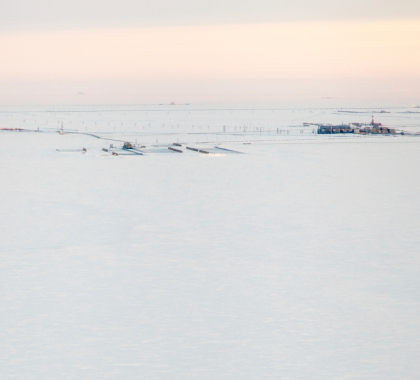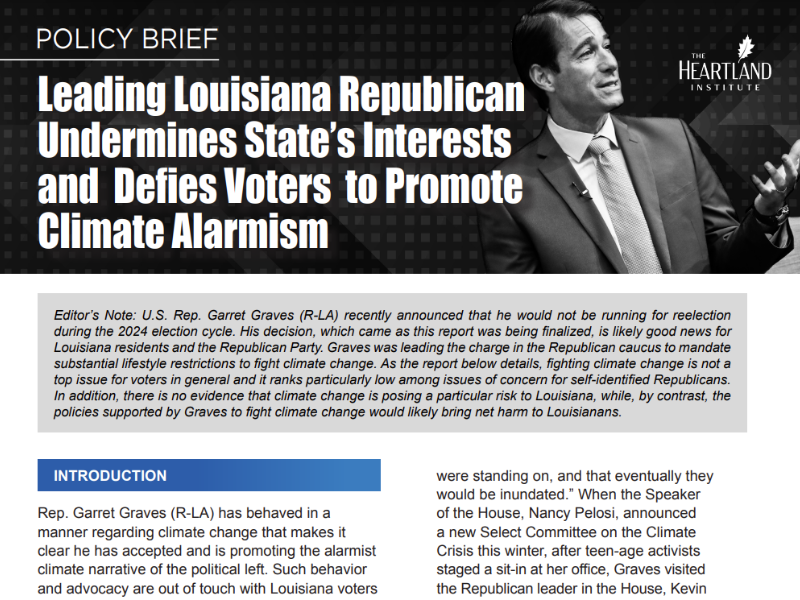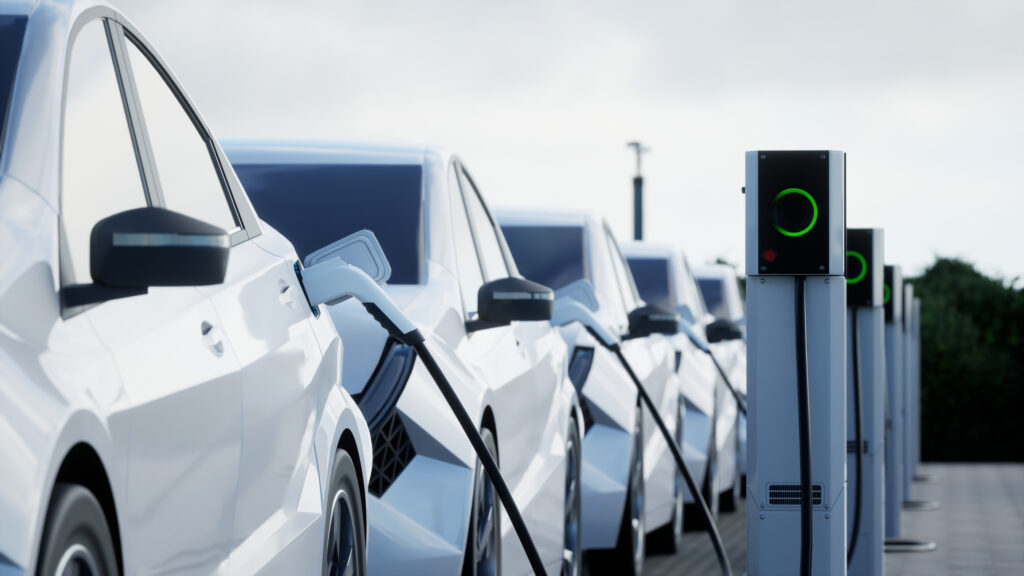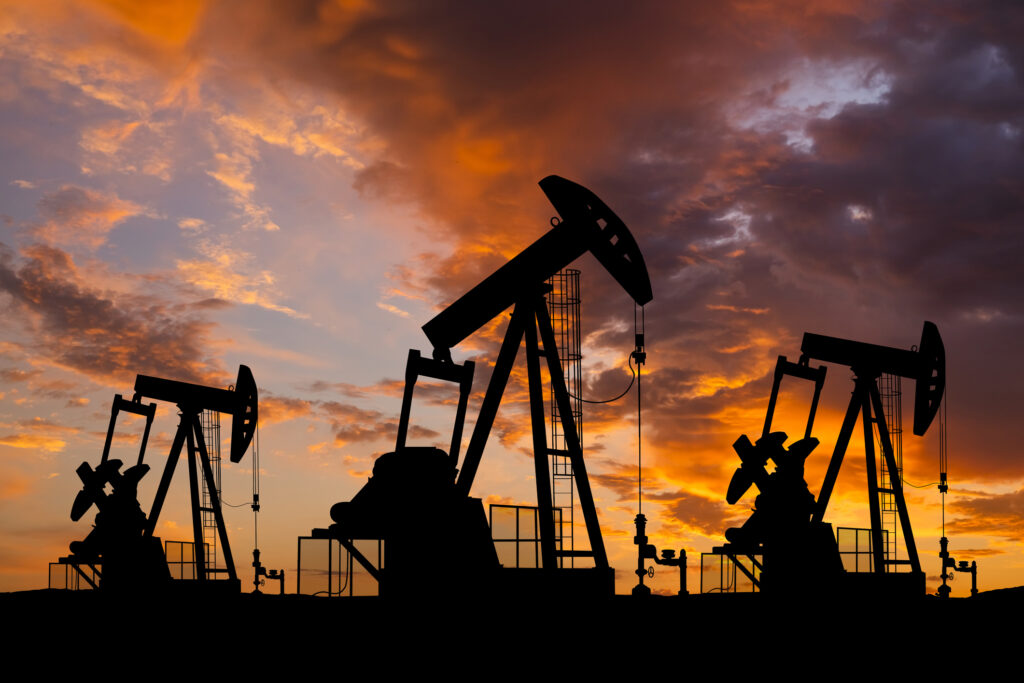The Trump administration proposes opening most of the National Petroleum Reserve in Alaska (NPR-A) to oil and gas production, reversing an Obama-era plan that closed much of the reserve even though it was established specifically for oil and gas development.
The U.S. Bureau of Land Management (BLM) developed a draft environmental impact statement with proposed changes for managing NPR-A, which spans some 23 million acres of federal land on the western side of Alaska’s North Slope.
The draft includes multiple options for managing NPR-A. The Trump administration supports an option allowing oil development on 81 percent of the reserve because new oil discoveries and the westward spread of North Slope oil-field development justify increased access for drilling.
“With advancements in technology and increased knowledge of the area, it was prudent to develop a new plan that provides greater economic development of our resources while still providing protections for important resources and subsistence access,” Chad Padgett, BLM’s Alaska state director, said in a statement released on November 21.
BLM has opened the draft environmental impact statement to a 60-day public review and comment period.
Dependent on Resource Extraction
Energy and resource use is the lifeblood of Alaska’s economy, says Larry Barsukoff, an energy and environmental policy fellow at the Alaska Policy Forum.
“Alaska is a resource development state,” Barsukoff said. “Our primary export and major driver of the state’s economy is natural resources, especially oil.
“Without the oil industry, the Alaska economy would be a fraction of what it is now,” Barsukoff said. “All the jobs in the industry or directly related to the industry, all the support service jobs, as well as jobs in the public sector related to its regulation and administration, and finally nonprofits supported by the oil industry, would not exist.”
The federal government has a long history of demanding and overseeing environmentally sensitive oil and gas development on Alaska’s North Slope, Barsukoff says.
“The North Slope oil industry operates under some of the most stringent environmental rules in the world, with spills of less than a gallon being treated as serious violations,” Barsukoff said. “Even parked vehicles have cloths placed under them to prevent even a drop of vehicle fluid from hitting the ground.”
Caribou Thriving Alongside Drilling
The industry is more than capable of working in balance with the natural world, and one example of that is the porcupine caribou, Barsukoff says.
“Critics’ fears of harm to caribou populations have been proven unfounded,” Barsukoff said. “Caribou populations have actually increased multiple times over, because Alaska’s oil industry knows how to operate very cleanly in sensitive areas, mitigating and minimizing environmental impacts while creating jobs and improving the lives of local people.
“The porcupine caribou herd migrates across the Arctic tundra from western Canada’s Yukon and Northwest Territories into and across Alaska’s North Slope, and critics of the Trans-Alaska Pipeline insisted it would be decimated by the pipeline, claiming the caribou wouldn’t cross over gravel roads or under the pipeline, causing a serious disruption to the migration patterns and resulting in the destruction of the herd,” Barsukoff said. “The reality is the complete opposite, with the herd now actually at the largest observed size it has ever been, as caribou move freely around and through areas of industrial activity.”
Market-Driven Energy Development
The information and incentives provided through the market system are the best guide for energy development, says Jordan McGillis, a policy analyst at the Institute for Energy Research.
“NPR-A and nearby state land could hold nearly nine billion barrels of oil, according to a 2017 U.S. Geological Survey (USGS) research assessment,” McGillis said. “Detractors argue oil is not economically viable, but in doing so they overlook the wisdom of the market, which promotes efficient uses of resources and punishes reckless investments.
“If the oil would be unprofitable to develop, those who oppose its production have little to fear,” McGillis said. “It should be up to firms in a fair and free market to determine whether the risk is worth the potential payoff, keeping in mind oil demand continues to increase annually by about one million barrels per day.”
McGillis says the same logic used for oil and gas development in NPR-A applies to developing oil and gas reserves in the Arctic National Wildlife Refuge (ANWR).
“The situation is similar in ANWR on the state’s eastern edge,” McGillis said. “ANWR’s 1002 area alone, which was set aside by Congress in 1980 for potential development, contains an estimated 7.6 billion barrels of oil, according to the USGS.”
Most Alaskans Support Development
It may surprise some people in the lower 48 states to learn Alaskans, those who will be most impacted for good or ill if NPR-A and ANWR are opened to oil and gas development, tend to support resource development, McGillis says.
“Alaska’s congressional delegation has long been a voice in favor of opening more land in the state to economic activity,” McGillis said. “Even residents of Kaktovik, which sits along the ANRW coastal plain, largely support development in the region.
As evidence native people in the region support resource development, McGillis cites testimony submitted to the United States Senate in 2017 by Kaktovik tribal administrator Matthew Rexford, criticizing efforts to prevent development.
“We do not approve of efforts to turn our homeland into one giant national park, which literally guarantees us a fate with no economy, no jobs, reduced subsistence, and no hope for the future of our people,” Rexford testified.
Kenneth Artz ([email protected]) writes from Dallas, Texas.
Internet Info
Matthew Rexford, “Testimony of Matthew Rexford, Tribal Administrator, Native Village of Kaktovik,” U.S. Senate Committee on Energy and Natural Resources, November 2, 2017: https://www.energy.senate.gov/public/index.cfm/files/serve?File_id=D8B75829-3CCF-46F7-9241-C2A089109A49





